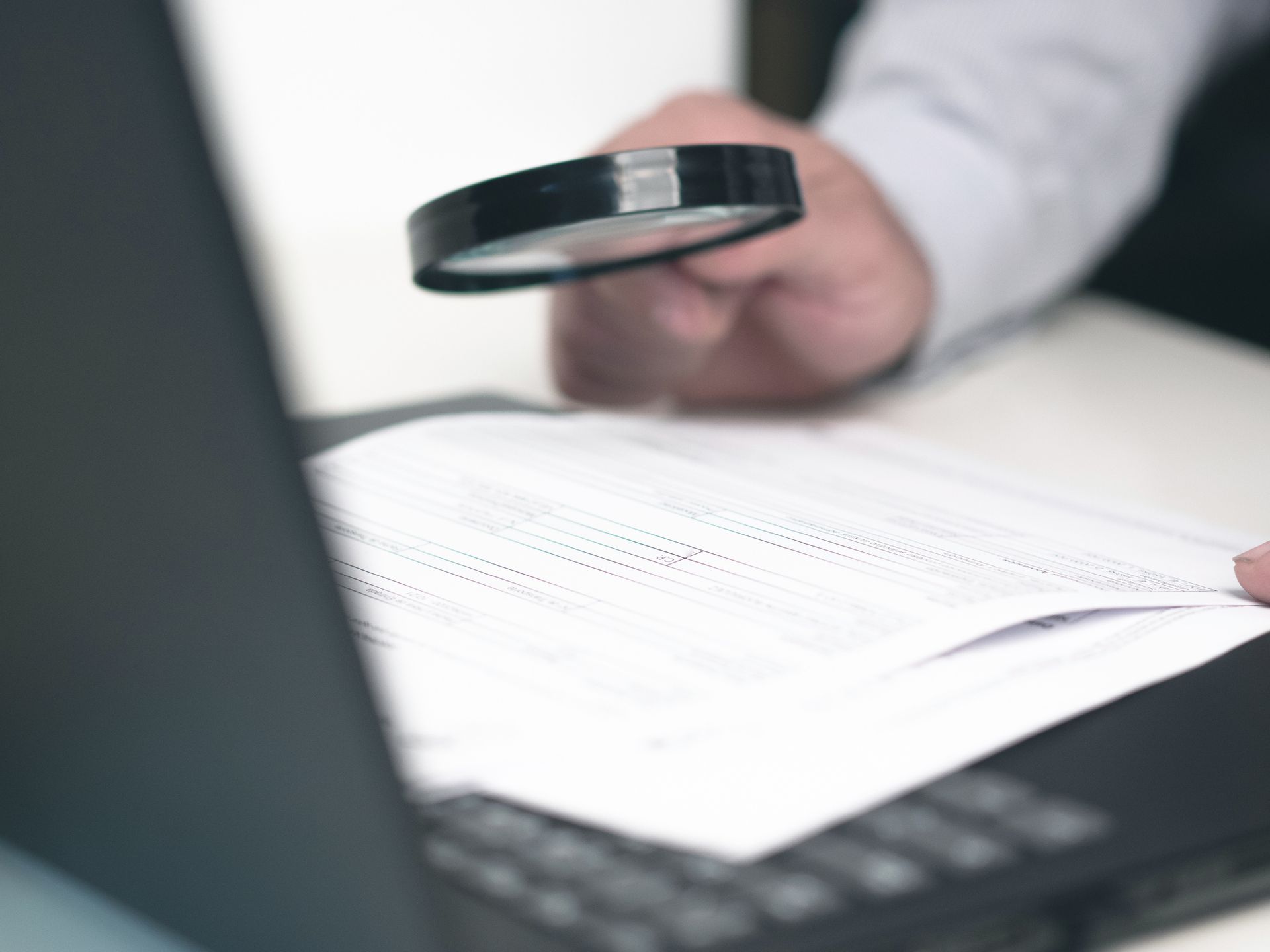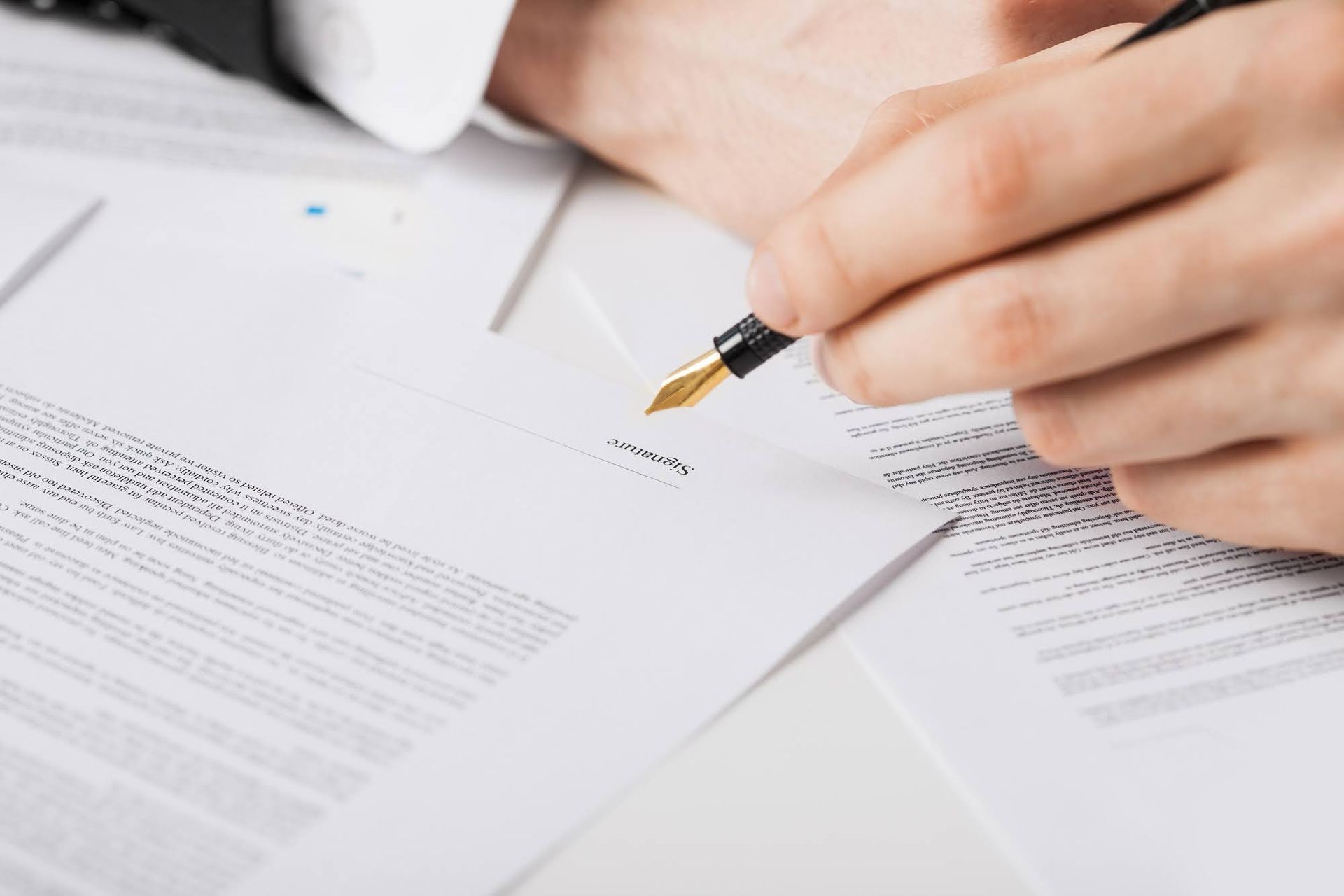What Is Document Authentication?
Document authentication is a crucial process that verifies the legitimacy of a document to ensure its validity and prevent fraud. This process is essential in various fields, including legal, financial, and administrative domains. The complexity of document authentication often involves multiple layers of verification to establish trust in the presented information. Here's an in-depth explanation of how document authentication works:
Security Features
Document security features can be categorized into overt, covert, and forensic elements. Overt features are visible and easily recognizable, such as holograms, watermarks, or color-shifting inks. These features are typically difficult to replicate without specialized equipment, providing a visual cue for authentication.
Covert features, on the other hand, are intentionally hidden and require specific tools or techniques for detection. Examples include microprinting, UV-visible inks, or hidden security threads.
Forensic features are often microscopic or molecular, requiring advanced analysis for verification. These may include DNA markers, chemical taggants, or digital watermarks embedded within the document.
Together, these features create multi-layered protection, making it challenging for counterfeiters to replicate or tamper with documents. Authentication processes involve visually inspecting overt features, using specialized tools for covert elements, and employing advanced techniques like spectroscopy or DNA analysis for forensic measures.
Issuing Authority Verification
Verifying the issuing authority ensures the legitimacy and reliability of a document by confirming that it was indeed issued by a recognized and authorized entity. Whether it's a government-issued ID, passport, or official certificate, the issuing authority is a key element in establishing the document's authenticity.
Verification typically involves cross-referencing the details on the document with records held by the issuing authority. In the case of government-issued documents, authentication may extend to scrutinizing the document against public databases to confirm its alignment with official records.
Digital Signatures and Certificates
A digital signature is a cryptographic technique used to verify the origin and integrity of a digital message or document. It involves applying a mathematical algorithm to the content, generating a unique digital fingerprint, and then encrypting that fingerprint with a private key. The recipient, using the sender's public key, can decrypt the signature, confirming both the sender's identity and the document's unchanged state.
Certificates, specifically digital certificates, serve as the virtual equivalent of identification cards in the digital realm. These certificates are issued by trusted entities called Certificate Authorities (CAs) and bind an individual's or organization's identity to a public key. Certificates contain key information, including the public key, the owner's name, the issuer, and the certificate's expiration date. This infrastructure forms the basis of Public Key Infrastructure (PKI), creating a network of trust.
Biometric Authentication
Modern identification documents, such as passports, have evolved to include advanced biometric authentication features, enhancing security and reducing the risk of identity fraud. Biometrics utilize unique physical or behavioral traits, such as fingerprints, facial recognition, or iris scans, to verify an individual's identity.
These biometric features provide a more reliable means of authentication compared to traditional methods like signatures or photographs. The inclusion of biometrics adds an extra layer of security, making it significantly harder for unauthorized individuals to forge or manipulate identification documents.
Chain of Custody
From the moment a document is acquired until its verification, every step must be carefully documented and controlled. The chain of custody begins with the collection of the document, detailing who obtained it, when, and under what circumstances. Secure transportation follows, often employing sealed containers or encrypted digital transfers to prevent tampering. Upon arrival at the authentication facility, access controls and surveillance further safeguard the document.
Document authentication is a multifaceted process that combines traditional methods with modern technologies to establish the legitimacy of documents. The goal is to create a secure and trustworthy system that safeguards against fraud and ensures the reliability of the information contained in crucial documents. If you need to authenticate your documents, contact Integrated Forensic Services, LLC.




